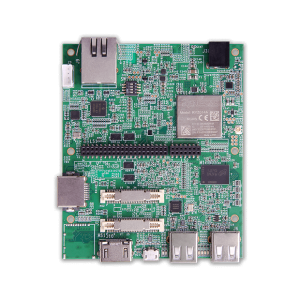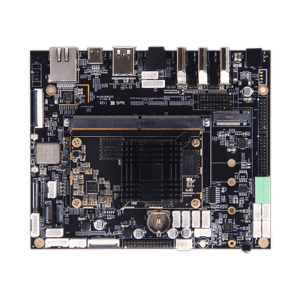Benefits of System on Module for High-Performance Applications
Benefits of System on Module for High-Performance Applications
Blog Article
System on Component vs. Simple Panel Computer: Essential Variations Explained
Developing a new service often involves extended timelines, complicated patterns, and substantial reference investment. For organizations looking to accelerate this process while maintaining top quality criteria, a embedded computer module gift suggestions an modern solution. That lightweight module not just simplifies the progress method but in addition helps accelerate item progress cycles without diminishing performance or reliability.

SoM: A Creating Stop for Successful Solution Progress
A System on Module (SoM) is really a total research element that encapsulates most of the components required to run a certain application. It usually includes a model, memory, storage, and different essential peripherals such as for example connection alternatives and transmission interfaces. The important thing benefit of an SoM is their small size, rendering it easy to incorporate into any solution design.
Streamlining Product Progress with SoMs
Traditionally, creating a new service requires designing and building every component from scratch. This process can be time-consuming and resource-intensive, particularly for complex products.
What's a Process on Module
A Process on Component, often abbreviated as single board computer manufacturer, is really a small, incorporated enterprise that comes pre-loaded with crucial components just like a microprocessor, memory, energy administration, and sometimes also connectivity options. Consider it as a pre-built basis for the solution, allowing designers to concentrate on specific functionalities without reinventing the wheel.
Why System on Element Advantages Product Development
Here certainly are a few methods a Program on Component significantly increases the item growth process.
Simplifies the Style Process
Having a custom table from scratch requires time-consuming responsibilities like selecting components, designing the world, and screening hardware. By adding different key functionalities, an SoM simplifies that process. Developers can focus on developing the initial facets of their solution rather than worrying all about low-level equipment complexities.
An illustration worth taking into consideration is in IoT devices. As opposed to designing every aspect, developers may use an SoM to integrate vital IoT functions rapidly, decreasing the overall time for you to market.
Reduces Risk
Custom electronics design inherently bears dangers of mistakes and delays. Debugging and ensuring part compatibility may drag timelines. An off-the-shelf System on Component is pre-tested for performance and reliability, lowering likelihood of errors and ensuring a reliable foundation. Designers may confidently construct upon this without worrying about the basics.
Reduces Costs
While transparent expenses of an SoM may seem more than some components, it finally saves time and reference allocation, reducing prices in the extended run. Additionally, the option of widely-used segments ensures scalability without requiring regular redesigns.
Rates Up Prototyping

Rapid prototyping is needed for firms trying to iterate easily and fit market demands. An SoM helps faster prototyping by giving a ready-to-use foundation. Clubs can quickly construct a model, test functionality, and produce improvements without waiting for considerable hardware style cycles.
Eases Maintenance
System on Modules are created to present long-term support, which assures compatibility over time. Improvements or improvements to the component do not require a complete redesign, further accelerating potential item iterations.
Empowering Quicker Innovation
Adopting a Program on Module can revolutionize how items are developed. By lowering style complexities, minimizing dangers, and permitting scalability, businesses may offer impressive solutions more efficiently. For industries where time to market is really a critical full for success, adding an SoM to the progress method is just a game-changing strategy. Report this page